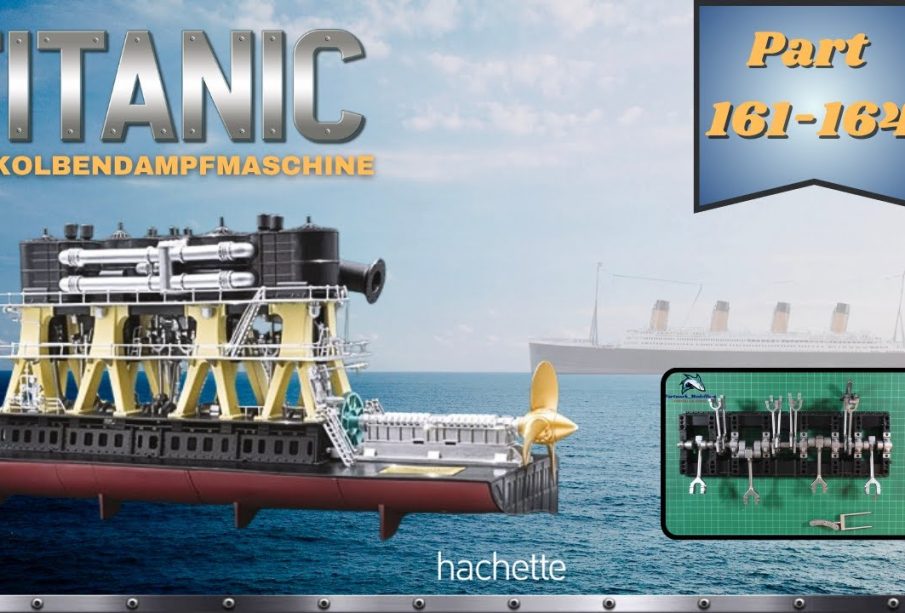The Titanic: A Legacy of Tragedy and Innovation

Introduction
The RMS Titanic, a name that resonates throughout history, represents both the pinnacles of maritime engineering and the depths of human tragedy. Its tragic sinking on April 15, 1912, during its maiden voyage from Southampton to New York City, has captivated the world for over a century. The Titanic’s story isn’t just about its disastrous end; it also serves as a critical reminder about the limits of technology and human error.
The Unsinkable Ship
Built by Harland and Wolff in Belfast, the Titanic was hailed as a marvel of modern engineering and luxury. Designed to provide unmatched comfort and safety for its passengers, the ship boasted advanced safety features, including watertight compartments and a double-bottom hull. However, these innovations created a false sense of security.
Disaster Strikes
On the night of April 14, 1912, at approximately 11:40 PM, the Titanic struck an iceberg in the North Atlantic. The collision caused a catastrophic failure of several of the ship’s watertight compartments, leading to its eventual sinking. Of the ship’s 2,224 passengers and crew members, more than 1,500 lost their lives, making it one of the deadliest maritime disasters in history.
Aftermath and Impact
The aftermath of the Titanic disaster prompted significant changes in maritime laws and safety protocols. The International Convention for the Safety of Life at Sea (SOLAS) was established in 1914, enforcing stricter regulations on ship safety, including lifeboat requirements for all passengers. The tragedy also ignited discussions about class disparity, as many of the lower-class passengers were unable to access the lifeboats.
Cultural Relevance
The Titanic has become an enduring symbol of ambition and hubris. It has inspired countless books, documentaries, and films, the most famous of which is James Cameron’s 1997 blockbuster. This film reignited public interest in the ship and its story, providing new perspectives on the events that unfolded and the lives that were lost.
Conclusion
The legacy of the Titanic continues to influence contemporary discussions about safety, engineering, and human resilience. Each anniversary serves as a reminder of the lessons learned from that fateful night, urging a commitment to safety and vigilance in modern maritime pursuits. As we reflect on the Titanic’s story, it remains not only a tragedy but also a beacon of progress and adaptation in the face of adversity.








